"It suddenly struck me that that tiny pea, pretty and blue, was the Earth. I put up my thumb and shut one eye, and my thumb blotted out the planet Earth. I didn't feel like a giant. I felt very, very small." -Neil Armstrong
Here on our little wet rock in our Solar System, we often remind ourselves what a small world Earth actually is. The farther out in space we reach, the more this appears to be true.
The Earth is the largest of the four inner, rocky planets in our Solar System, at more than 12,000 km in diameter. But even at this size, Earth is dwarfed by all four of the gas giant planets, which range in size from Neptune (at nearly 4 times the size and 17 times the mass of Earth) all the way up to our Solar System's giant, Jupiter, with more than 11 times the Earth's diameter and over 300 times its mass.
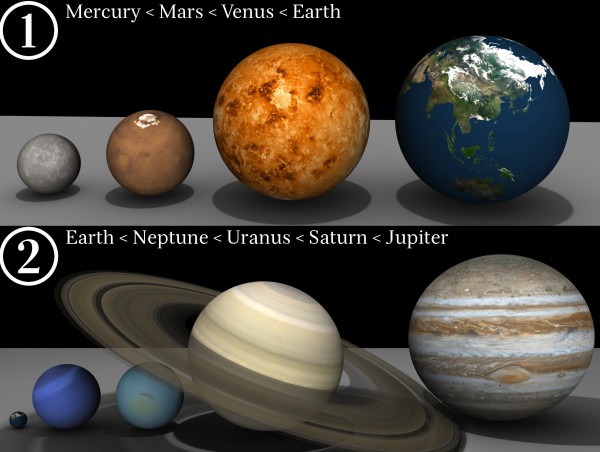
Image credit: Dave Jarvis of http://www.davidjarvis.ca/.
We used to think that this had some type of special meaning: that the Solar System had four small, inner rocky planets and four large, outer gas giant planets. But this is not the case at all. We've since discovered that not only do most of the stars in the sky have planets, but there is a huge diversity as to how large and where various planets are located.
So far, most of the worlds we've found are very close in proximity to their star, and we've found more large worlds than small ones, but that's because the large, close planets are the easiest types to find.
There are around 2,300 known exoplanets (or extra-solar planets) at present, including cases where gas giants are in the inner solar system, cases where the inner, rocky world is so close to its parent star that it is literally boiling away, cases where gas giants and rocky worlds cohabitate in the inner solar system, and, of great interest to us, systems where rocky worlds exist in their star's habitable zone.
The diversity of what's out there is simply astounding, and leads one to believe that if you simply look at enough stars in the galaxy, you're bound to find any gravitationally stable configuration of planets that you can imagine.
Well, we've been looking at what's out there, and around a nondescript star in a very average region of the sky, something truly remarkable has been found.
The southern skies offer this breathtaking view of the Milky Way, with the Southern Cross and Pointer Stars visible in the upper left-hand corner of the above image. But a little bit closer to the galaxy's center in that region of the sky is a star you'd never see with your naked eye, and even if you could, you'd never think twice about it.
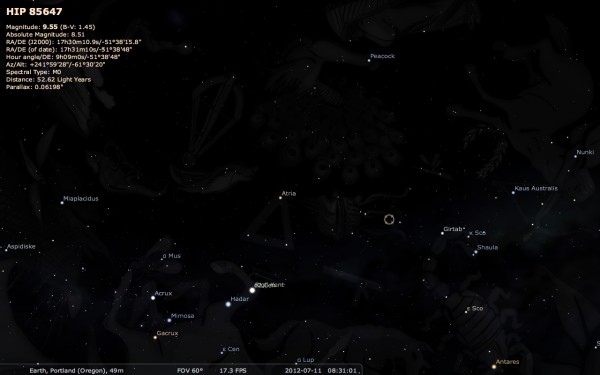
Image credit: created by me using Stellarium; get your own free copy at http://stellarium.org/.
But about 53 light years away lives a dim, reddish-orange star that's smaller and less massive than ours, at maybe just 70% the mass and only 8% the brightness of our Sun. It's just barely visible with a small telescope, but a larger, higher-magnification telescope can lead an astute observer to find this star.
Originally known as HIP 85647 (as it had its parallax measured by the Hipparcos satellite), this is actually a binary star system with two M-class stars. The larger, brighter one is perhaps now better known as Gliese 676, or GJ 676 A, depending on who you ask.
A very large gas giant planet was found around this Solar System in 2009, one about five times as massive as Jupiter, known as a super-Jovian planet.
But a very recent paper by Guillem Anglada-Escudé and Mikko Tuomi ought to be generating a lot of attention, because we now know that just 53 light years away is a solar system with four planets: two inner, rocky worlds (e and d) and two outer, gas giant worlds (b and c).
This, on its own, isn't ground-breaking. After all, there are other known systems (including one very close one) where there's an inner, rocky world and outer gas giants.
It's beautiful, but it's not unique.
No, what's truly amazing about the planets orbiting GJ 676 A are that they're all huge! The two inner, rocky worlds? Giant, at over four and eleven times the mass of Earth, respectively. And the two outer, gas giants? Tremendous, at least five and three times the mass of Jupiter.
In other words, despite the star itself being significantly smaller, less massive and less luminous than our Sun is, all of the planets are much bigger, more massive and -- for some reason -- more eccentric in their elliptical orbits than the planets in our Solar System.
The second Super-Earth, the very massive one, is suspected to be only slightly too close to its parent star to be in the suspected habitable zone; there is a chance that there may be life on it.
So if there is life in this planetary system, what would it look like compared to the life we're familiar with? Would it be similar? Or, like the worlds in its solar system, would it be... super-sized?
Whatever the case, whether there's life or not, there's a very good chance that practically every point of starlight you see in the sky has its own slew of worlds orbiting it, waiting to be discovered. Some are similar to the ones in our Solar System, while others are more diverse than we can even imagine at this point.
I can't wait to see what else we learn about them.
- Log in to post comments

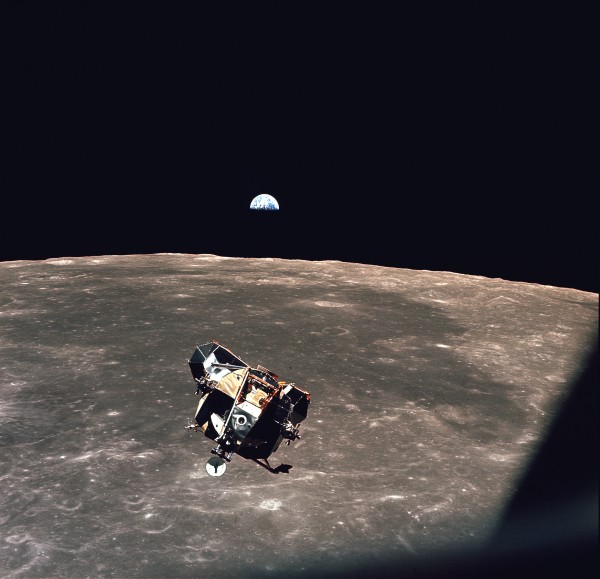
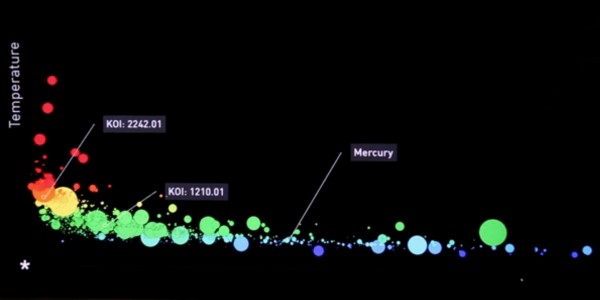
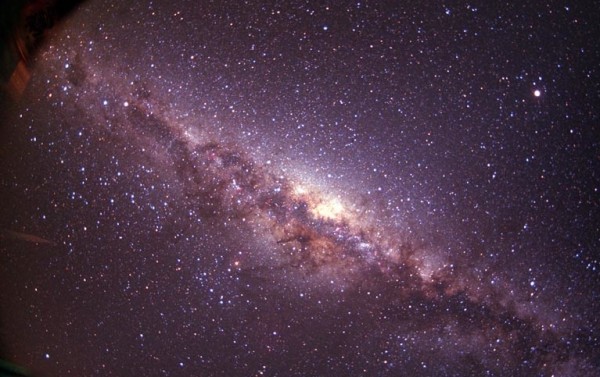
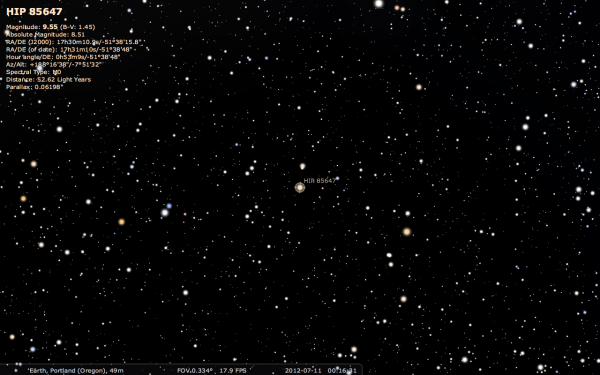
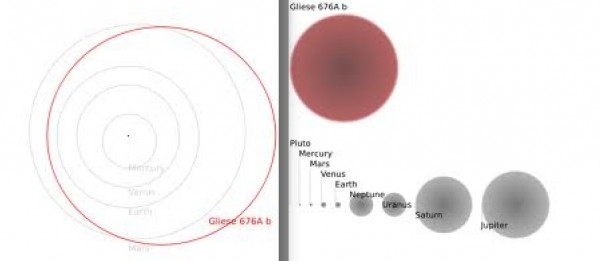
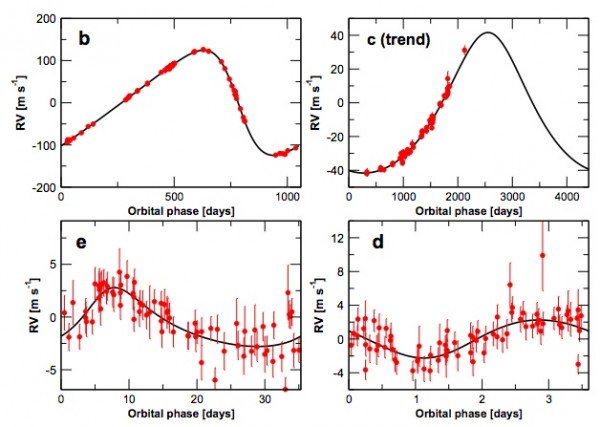
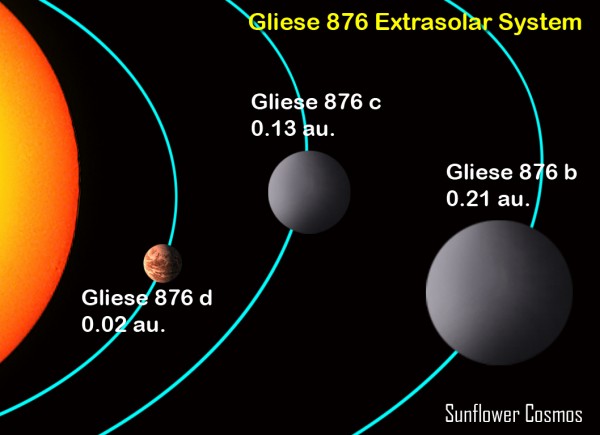

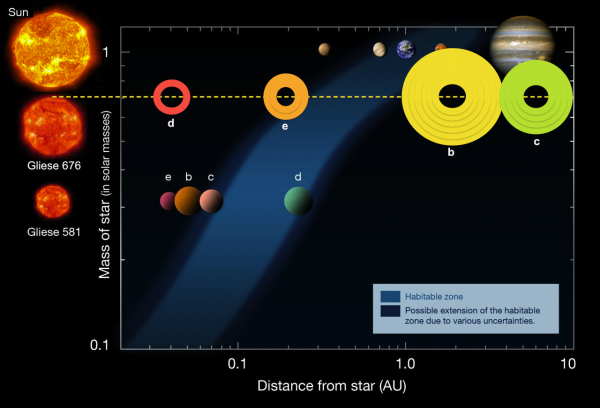





That's really mind boggling like thinking about big bang....
We are really very tiny in this large and vast universe.
With all four planets being huge and a sister star lurking somewhere out there, why would eccentric orbits be surprising?
At 11 Earth masses your probably looking at a rock-ice-gas mixture and no solid surface or liquid water due to extreme pressure and temperature. A large moon in orbit of such a planet is far more likely to be habitable then the planet itself. The smaller Mars-ish size would reduce the atmospheric thickness to something tolerable while the parent planets magnetosphere protects it from solar-wind. A very close orbit around the Planet might also produce some eclipsing of the Moon that would lower the surface temperature and expand the habitable zone sun-ward.
My initial thought is that the eccentricity is the most likely dealbreaker here: it's likely to be either too warm at periastron or too cold at apastron (perhaps both, if the eccentricity is toward the upper end of the quoted range).
Kenny @0523: Your hypothetical moon would need its own magnetic field to protect it from the planet's radiation belts. This is possible (see Ganymede or Mercury) but by no means certain.
If the planets build up enough mass before the sun ignites then you can get huge rocky planets close in and these can, if they get a headstart long enough, become huge gas giants.
If they don't manage to get enough mass to keep what they have and attract more of what is left and being blasted away by the newly awakened sun, then they'll be tiny planets like our sun's innermost.
Maybe our sun was one of the ones that got started unusually early on their ignition phase.
Eric: My concern was primarily having the atmosphere Water disassociated and stripped away by the solar wind, the process believed to have 'desiccated' Mars due to it's lack of magnetosphere. I've never heard that a Planetary radiation belt would desiccate a Moon in a comparable way but this is likely some kind of Jovian-like planet which have strong fields, if so then my scenario is indeed less plausible.
If your concern is just irradiating the Planet I don't think that is considered to be a Habitable zone variable. Many lifeforms on Earth can tolerate a LOT of radiation and if Earth had a high flux it would just mean we would have evolved or retain better DNA repair. I don't think anyone has ever established or even speculated what kind of Radiation flux would exclude a planet from the Habitable zone assuming the liquid water constraint is met. I suspect the atmosphere is stripped long before the radiation itself sterilizes the surface.
A planetary radiation belt won't do that by itself, no. But a radiation belt usually comes with a fair amount of lower energy plasma. As the planet rotates its magnetic field lines will tend to rotate with the planet, dragging that plasma with it and producing an effective wind for any body orbiting at a period other than the planet's rotation period. Of course this eventually breaks down--at about 4-6 Earth radii here and ~100 Jupiter radii at Jupiter (I don't have comparable numbers handy for the other gas giants)--and things may be OK outside this range (but this takes you outside of the worst of the Earth's radiation belts, too; also geosynchronous orbit is about 6.6 Earth radii) as long as you stay inside the planet's magnetosphere. All of the Galilean satellites are within Jupiter's corotation zone, and the effects of the plasma corotating with Jupiter are visible in Ganymede's magnetosphere-within-a-magnetosphere. The Moon is usually outside the Earth's magnetosphere (when it is not passing through the tail), so it's subject to the effects of stripping by the solar wind.
Hypothetical Q for your readers: Say we discover some kind of indication that a relatively nearby (<=100ly) exoplanet hosts some kind of intelligent life (I think its increasingly possible). What do we do about it?
Not a lot we can do. It takes twice the distance to have a conversatio, so at 100ly, that's 200 years from "Hi" to "Hi yourself"
Infinite Diversity in Infinite Combinations.
@ MarkV2:
On biological grounds it isn't very likely, language capability is like the Elephantidae truk, it only happened once in a blue moon.
What we can learn from observing oxygenated atmospheres is frequency and constraints for the process from chemical to biological evolution. Hence we learn about our own origins.
If we do find ETIs through SETI, so what? Because of relativity and the large distances there are only two viable economies in space, information barter and colonization. Those who want to be contacted will do the former, the latter precludes us visiting those systems since there are already different biospheres there which we are not adapted to.
In fact the best colonization economy would be found in Oort cloud colonization, lots of resources and no cost to descend gravity wells and terraform on planet scales.
" the best colonization economy would be..."
... to take better care of our own colony first, and focus on a mentality change on our own planet. We are pushing the LHC beyond the safety limits, no comparison anymore whatsoever with cosmic rays, and we are all okay with it, just like a bunch of frog's in boiling water; we are chopping down the Rainforest and gazing at it like a bunch of chewing cows, as long as we have some grass; and here this guy starts to talk about colonization Oort cloud, you know every now and then a meteor gets to be knocked our way, so why would we go up there while all we have to do is wait to collect one of those comets flying by. We humans are just too much for this planet to survive, there's a catch 22.
Isn't 11 earth masses substantially bigger than the core of a small gas giant? So presumably that would have to form from smaller objects after the gas in the protoplanetary disk gets used up. Planetoids colliding with each other might explain the excentricity too.
That doesn't necessarily follow, Michael.
It may be that the planet is only rocky because all the lighter stuff that remained a gas has been blown out of the atmosphere, hence it would otherwise have been a gas giant like Jupiter, but for that extreme environment.
Ah, that would also work. You'd need a strong solar wind and /or a weak planetary magnetic field for it though. Meh, it's all speculation for now.
Thankyou. Marvellous find and wonderful write up of it here. Cheers.
It is my understanding that nearly all of the extrasolar planets discovered in the last 15 years or so have been found by detecting the dimming of their parent star when a transit by said planet occurs. Has anyone conceived of a means by which non-transiting planets might be detected within the next few decades?